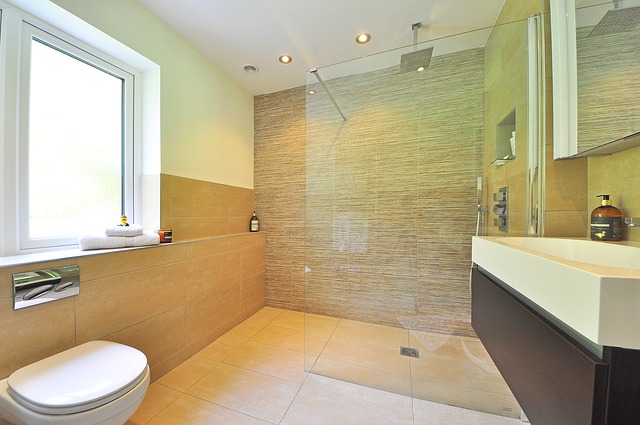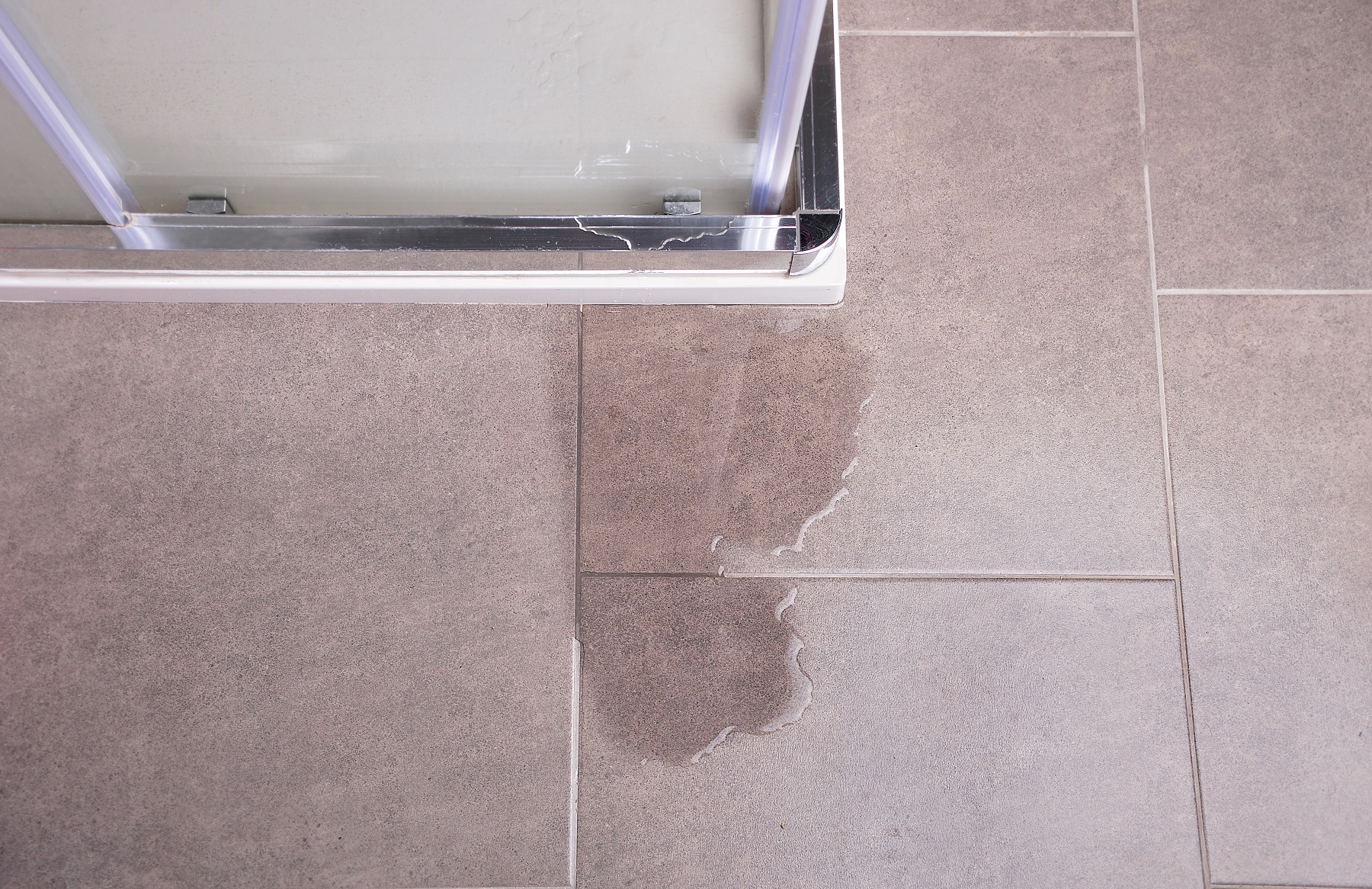We've stumbled upon this post on How to Detect and Fix a Bathroom Leak directly below on the internet and decided it made good sense to share it with you in this article.

Shower room leaks are irritating as they disrupt your day's strategy. They vary in seriousness depending on the resource of the leak. You should prioritize them, as they can swiftly worsen. So, it is an alleviation that most washroom leaks are simple to spot and take care of, with minimal expense implications.
Having a water leakage in restroom can be demanding to the home owner. Yet repairing the leakage ends up being a simple issue if you know what to do. So, this write-up is essential as a residence overview to repairing a water and finding leakage in washroom. It does not replace the requirement for specialist proficiency. The write-up serves as a "first aid" when you need an emergency reaction to a water leak in bathroom.
Detection and Repair Service of Water Leak in Washroom
Water leakage in bathroom generally results from pipes as well as pipe faults. You may require a fundamental expertise of these leak types to detect the water leakage in bathroom.
Splash Leaks
These typically result from water splashing on the bathroom flooring from the bath tub. It damages the bathroom flooring and might create rot to wooden floors as well as restroom doors.
What to Do
This washroom leakage is the most convenient to repair. You just require to change the drapes or recaulk the bath tub or shower. You may need to change these to avoid additional damages if the leak has damaged the bathroom floor or door. Fortunately is that you can include a plumbing specialist to assist with the restroom repair.
Commode Leaks
In some cases, water leaks from the toilet and pools around the commode base. It is an eye sore in the restroom as well as needs prompt attention. In some cases, it results from a loosened connection in between the toilet and the container. This triggers water to leak from the tank to the flooring. It may likewise arise from fractures in the toilet bowl or a faulty shut-off shutoff.
What to Do
If there hang screws in between the cistern and also commode, you only need to tighten them. Occasionally you might need to reapply wax on the gasket or call in a washroom leak expert to change worn or damaged parts.
Clogged Bathroom Sinks
Often, the water leak in bathroom results from sink obstructions. This is typically a hassle to property owners and may be undesirable. Obstructions might arise from the buildup of soap residue, hair particles, or particles that block the drain. It is simple to manage clogs, and also you may not require professional skills.
What to Do
You can use a drainpipe snake to eliminate the debris in the drain and allow the stationary water circulation. Drain cleansers are likewise available in stores and also are easy to use. A plunger is additionally practical in clearing your drain. It is a typical family tool as well as can be found in useful in getting rid of frustrating clogs in sinks as well as drains.
Conclusion
Water leaks in the restroom are preventable events in the home. When they do, fix them quickly, or involve the services of a professional.
The short article offers as a "initial help" when you need an emergency response to a water leakage in shower room.
Water leakage in restroom frequently results from plumbing as well as pipeline mistakes. You may need a basic knowledge of these leakage kinds to find the water leakage in washroom. It damages the shower room floor as well as might trigger rot to wooden floors and restroom doors. Sometimes, the water leak in restroom results from sink clogs.
5 Ways You Can Tell There's Water Leaking In The Bathroom
Mold and mildew
The presence of mold or mildew is a big indicator of a water leak. It's not unordinary to see mold or mildew in parts of your bathroom where water accumulates, like showers and sinks, but it's a problem if you notice it growing in other places. Mold grows in places that are moist and dark so it can point you to hidden water leaks.
Read More: https://www.housedigest.com/927314/ways-you-can-tell-theres-water-leaking-in-the-bathroom/If you notice mold or mildew growing on bathroom walls, floors, or ceilings you should be concerned. Other than pointing you in the direction of a potential leaky pipe behind your walls or under your floors, mold is dangerous to your health, according to The Waterworks. Mold can cause an allergic reaction with symptoms like watery eyes, runny noses, sneezing, headaches, and difficulty breathing. Since mold is not only unsightly to look at, but a health hazard it's important to take care of the leak as soon as possible so the mold can be cleaned before it spreads.
Read More: https://www.housedigest.com/927314/ways-you-can-tell-theres-water-leaking-in-the-bathroom/Damaged walls or floors
Unexplainable damage to your bathroom walls and floors is another sign of water leaking. If drywall gets wet it will crumble, bubble, and even warp or break apart. Before you notice your drywall deteriorating you may see the paint blistering or chipping off the wall. Or if you have wallpaper, it will begin to peel off when wet and show water stains.
Read More: https://www.housedigest.com/927314/ways-you-can-tell-theres-water-leaking-in-the-bathroom/Unstable toilet
When you sit on your toilet does it wobble? If it is unstable your toilet potentially has a flange leak, according to The Pink Plumber. Toilets are supposed to sit stable on the bathroom floor and should never be able to be moved around. There are screws that keep the toilet secured down to the floor and a wax ring that connects the toilet to the waste pipe. The wax ring creates a water-tight seal so nothing leaks when water and waste are moving through the toilet. If the wax seal is damaged or worn down it will no longer provide the proper seal, causing a flange leak and allowing wastewater to seep out.
Read More: https://www.housedigest.com/927314/ways-you-can-tell-theres-water-leaking-in-the-bathroom/Wet bathroom cabinets
Wet bathroom cabinets are a sure-fire way to tell if you have a water leak in your bathroom. When your cabinets are wet it is likely because of leaks from sink faucet or water supply lines. You will know that your cabinets are damp if you see any water stains inside the cabinets. If it is a leak from a water supply line The Pink Plumber explains that you will see water dripping out from the connectors or even puddles in the cabinets.
Read More: https://www.housedigest.com/927314/ways-you-can-tell-theres-water-leaking-in-the-bathroom/https://www.housedigest.com/927314/ways-you-can-tell-theres-water-leaking-in-the-bathroom/

I came across that write up on How to Check for Bathroom Leaks when doing a lookup on the search engines. Liked our post? Please share it. Help somebody else find it. I take joy in reading our article about How to Check for Bathroom Leaks.
Tap leaks? Inform.